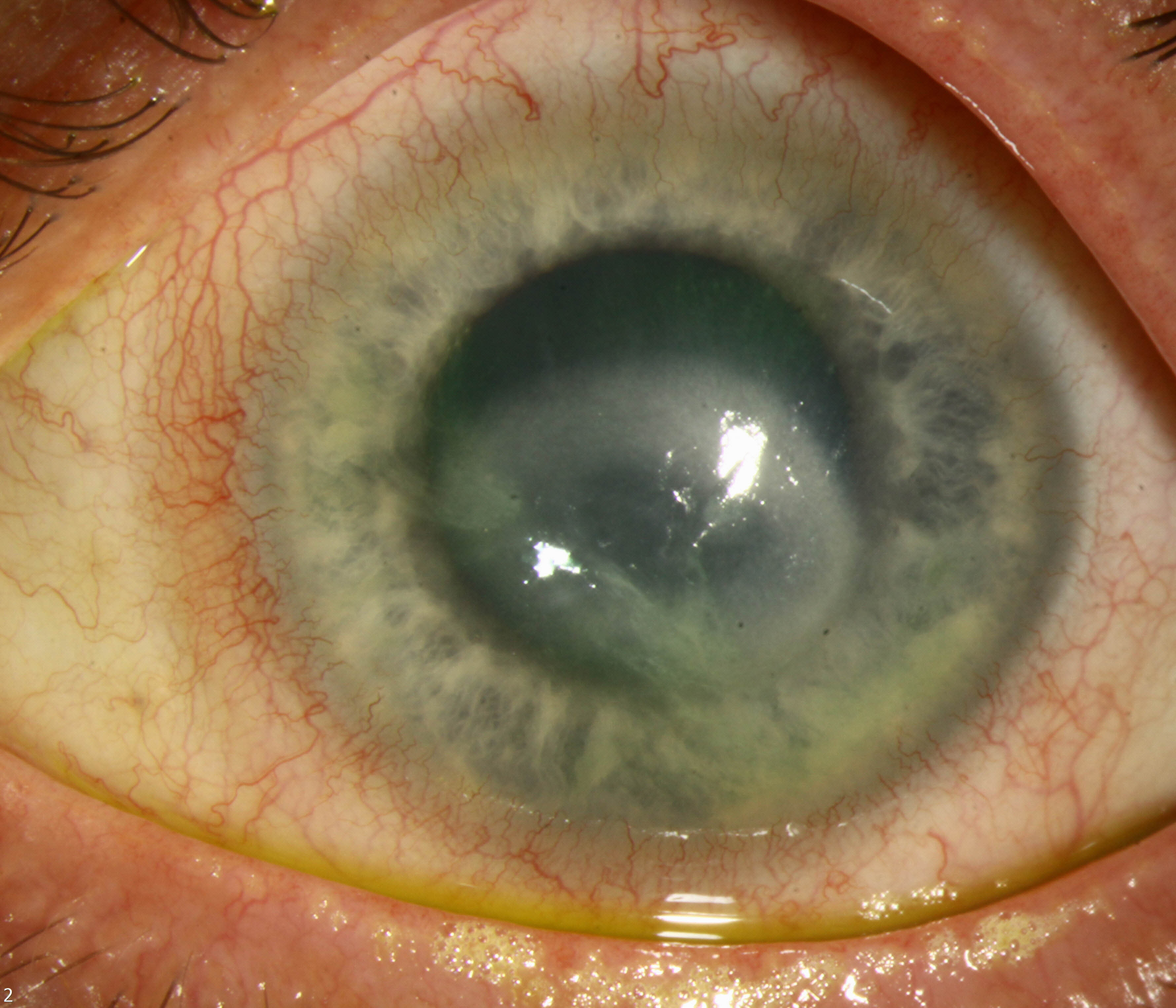 |
|
Data suggests that Acanthamoeba keratitis is a relatively low-incident condition, with no significant differences in incidence found among different continents. Click image to enlarge. |
New research, which sought to gain a better understanding of the prevalence of Acanthamoeba keratitis (AK), found that this rare but potentially sight-threatening corneal infection has a relatively low incidence in the general population but it remains strongly linked with contact lens wear.
While Acanthamoeba keratitis is a significant cause of infectious keratitis, a comprehensive assessment of the incidence of this condition remains lacking. To address this gap, an international group of researchers (representing institutions in the US, UK, China and Italy) initiated a systematic review and meta-analysis to examine the incidence of AK using the currently available data from peer-reviewed literature. The study aimed to provide preliminary data that can help inform the development of prevention and management strategies.
In this analysis, researchers calculated the incidence of AK as the number of cases per healthcare center per year (annualized-center-incidence). They also calculated the following meta-analytical ratios: (a) the ratio of AK eyes to the count of non-viral microbial keratitis (MK) eyes, and (b) the ratio of AK eyes to the overall population (i.e., the total number of subjects of a nation or region, as indicated by the authors in each study).
“Actual and projected estimates of the number of AK eyes in years were calculated multiplying the ratio of AK to the total population and the corresponding present and projected population estimates (age range: 15 to 70), sourced from the United Nations Population Prospects,” the study authors explained in the journal Ophthalmology, where their paper was published last Thursday.
Overall, the study included 105 articles published between 1987 and 2022. Investigators identified a total of 91,951 eyes, with 5,660 affected by AK and 86,291 by non-viral microbial keratitis. Data showed that the median annualized-center-incidence was 19.9 new Acanthamoeba keratitis eyes per healthcare center per year, with no statistically significant differences observed among continents. Risk factors did, however. “Acanthamoeba keratitis, in regions with high per capita incomes, primarily affects contact lens wearers,” the authors wrote, “whereas elsewhere ocular trauma, often in agricultural workers, is the major association.”
Additionally, the study authors found that the ratio of AK eyes to the total number of MK eyes was 1.52%. Comparatively, the ratio of AK in relation to the entire population was estimated at 0.0002%, or 2.34 eyes per 1,000,000 subjects, according to the study authors.
“Our analysis demonstrates AK as a relatively low-incident condition among the general population, with no major differences in terms of incidence among different continents,” the study authors wrote in their recent Ophthalmology paper.
“However, it is important to acknowledge the wide underrepresentation of countries, continents, and healthcare facilities or settings with less specialized resources; the presence of significant heterogeneity; and potential publication bias in some of the included studies, which may have influenced the overall estimates and limit their generalizability and reliability,” they noted, while underscoring the need for future large-scale, well-designed epidemiological studies to monitor the global trend of AK, and to further explore the factors contributing to its incidence.
“These studies will provide valuable insights for improving our understanding of AK epidemiology and implementing effective strategies for prevention, diagnosis and management,” the research team concluded.
Aiello F, Afflitto GG, Ceccarelli F, et al. Perspectives on the incidence of Acanthamoeba Keratitis: A Systematic Review and Meta-Analysis. Ophthalmology. August 8, 2024 [Epub ahead of print]. |


